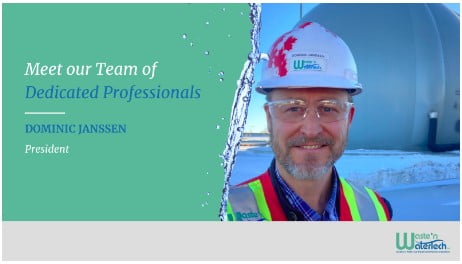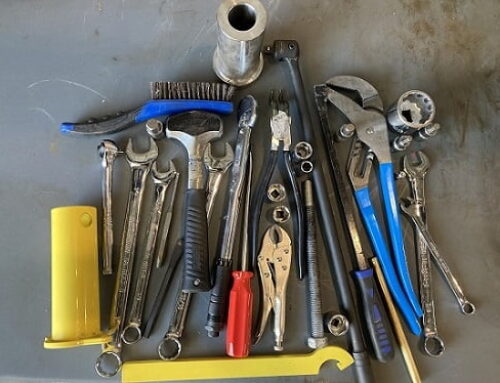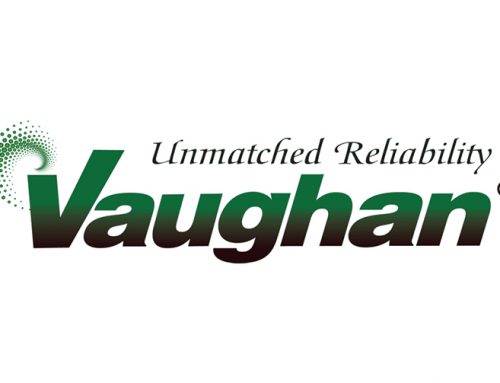Preface
The year was 1998, and I was in the final year of my Environmental Engineering Degree at the University of Florida. My class load included ENV4532 – Wastewater System Design, which per the course catalogue was to cover: “Detailed design and layout of gravity wastewater collection systems, pumping facilities, force mains, and a wastewater treatment plant. Emphasis on the preparation of design drawings and estimating costs.” My professor for the course was Dr. John Zoltek Jr., and he had a commanding presence that caught my fleeting collegiate attention.
It was during this course that I went on the requisite field trip to the University of Florida Water Reclamation Facility. Suddenly, the mess of piping and tanks laid out on my engineering drawings made sense. Little did I know that these field trips would become one of my favorite things to do in this industry. I learned a lot from that first trip to a wastewater treatment plant, and I have learned something from every site visit since.
It is for this reason that I wanted to kick off this “Onsite Insight” blog where I can share some of the lessons learned from going to plants and witnessing some of the real-world challenges that were certainly not covered in the classroom. – Dominic Janssen

A Balancing Act
My first job out of University was with Aqua-Aerobic Systems in the Applications Engineering Group. I put together Sequencing Batch Reactor (SBR) designs, and when called upon, would travel to site to perform what were known as a Process Start-ups of newly installed systems. Although an SBR system could consist of anywhere between one and five reactors, the usual system involved a dual reactor set up (aka two reactors alternating duties to treat incoming wastewater). By design, these reactors connected to the same sewer system should act and perform like mirror images of themselves. But, on more than one occasion I would encounter two reactors that differed in MLSS concentration, settling performance and overall appearance of the sludge blanket.
The cause and solution to this discrepancy was something Aqua-Aerobic Systems already had a good handle on, but it was my first time dealing with this type of issue. To begin to unravel the problem, you must remember that SBRs run like washing machines. For part of their cycle they are filling with new wastewater. They then move on to treating that batch, followed by settling and subsequent decanting phase. This entire treatment cycle usually takes anywhere between four and six hours depending on the plant’s treatment goals. If a system’s cycle time is set to four hours, then a dual SBR will process a dozen batches of wastewater in a 24-hour day.
The problem arises from the fact that not all 24 hours at a wastewater treatment plant are created equal. This SBR system was facing diurnal flow patterns that heavily weighted the plant’s organic load to shorter hourly windows like the one associated with society’s morning rush. Of course, with a perfectly symmetrical 4-hour cycle structure, one reactor in this dual SBR system was going to have one of its fill times coincide with this high load scenario over and over again. Repeating this inequitable feeding distribution is what led to the two very different reactors residing at the same plant. The solution was simple: extend or shorten the set cycle times to create an environment where the reactors would rotate filling duty during the high organic loading windows.
This is just one example of what could cause imbalance at a wastewater treatment plant. Imbalances also occur at conventional flow through systems, usually as a result of poor distribution controls (e.g., influent channels, splitter boxes, pump hydraulics, etc.) Obviously, imbalances are undesirable, because it means that your plant is lopsided, and therefore will never be able to operate at its full capacity. The key is to be able to identify the source of your imbalance, and hopefully have a system that can be adjusted to correct the situation.




Great article, Dom. Concise and useful. Enjoyed reading it…